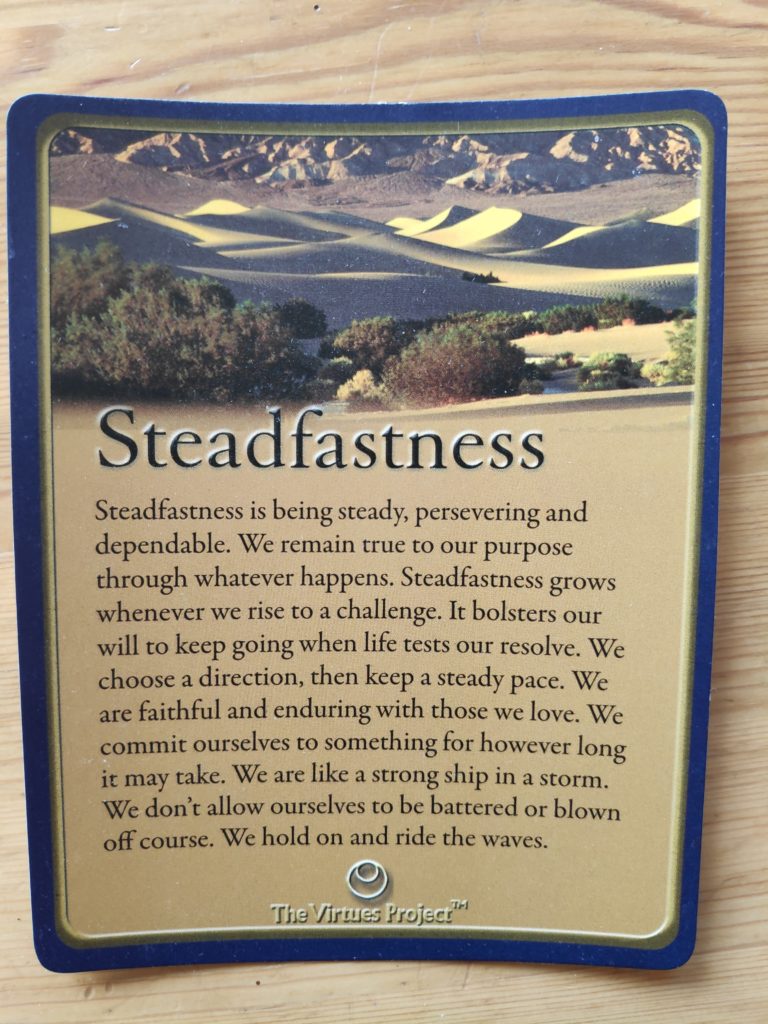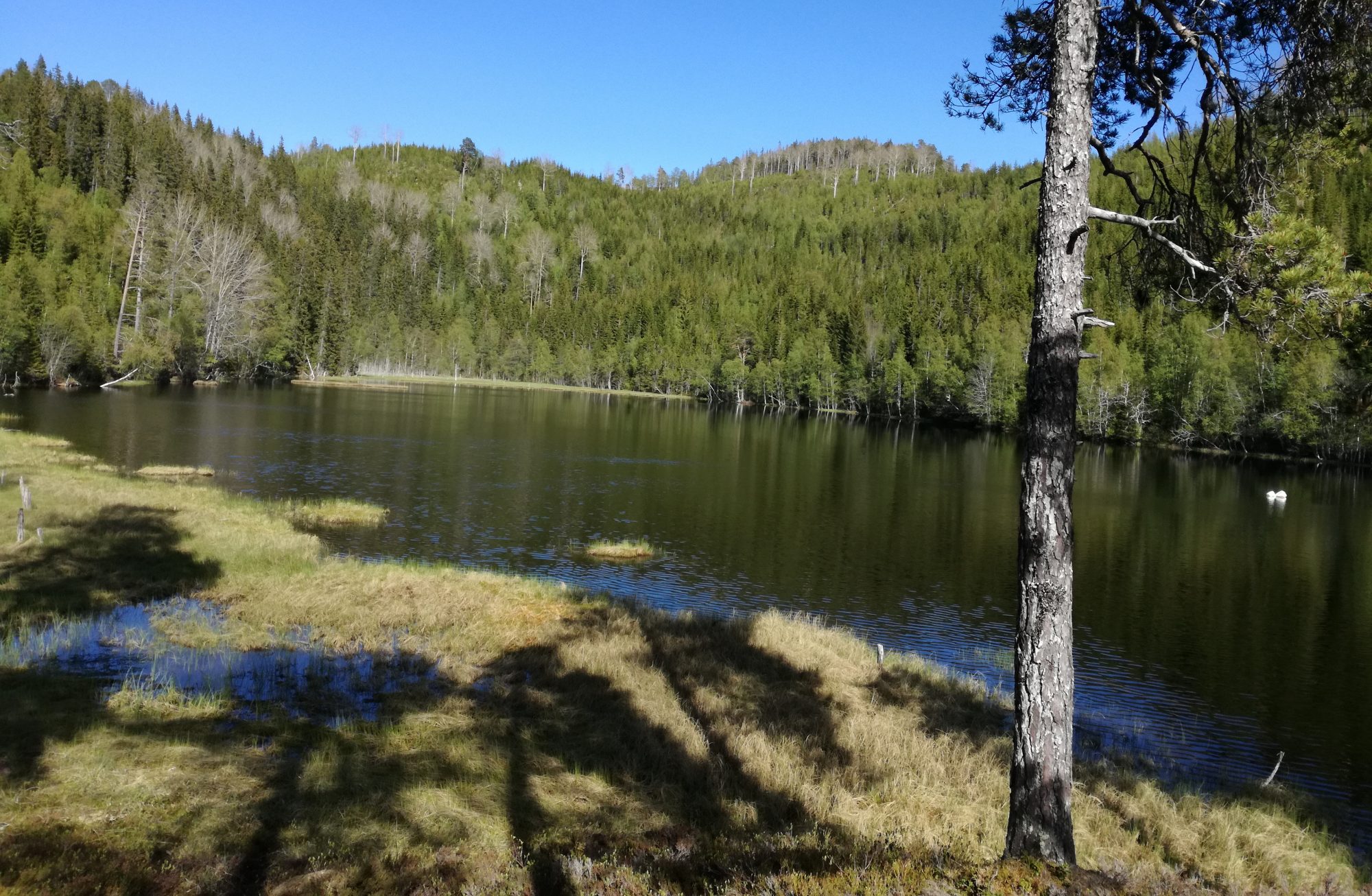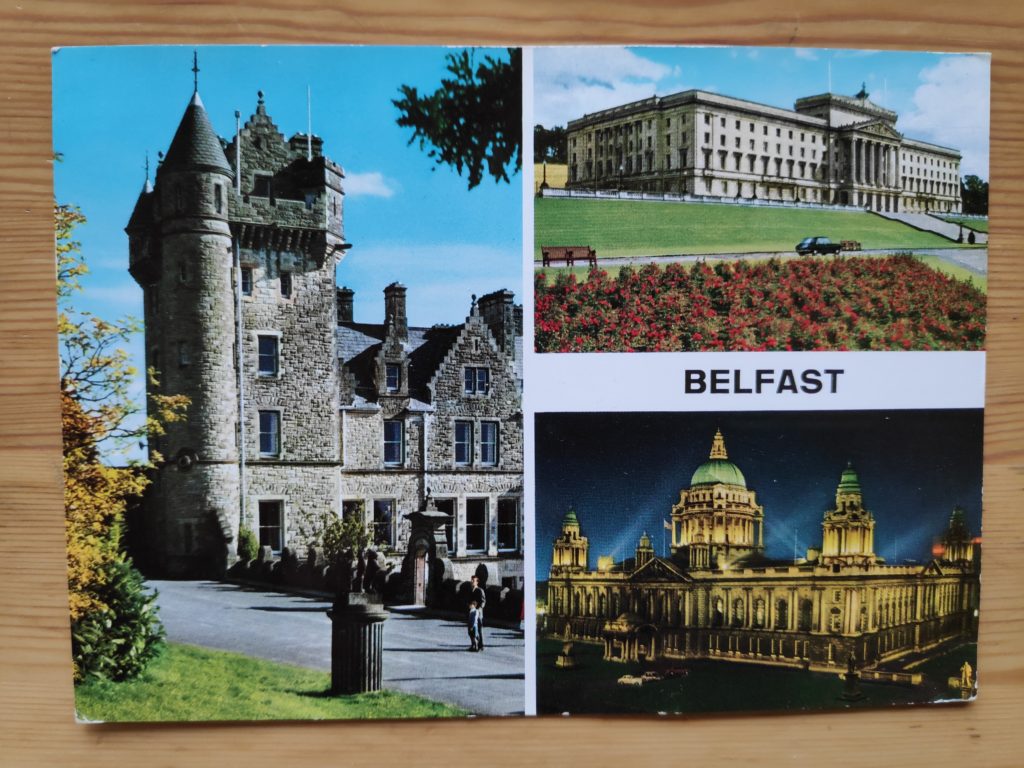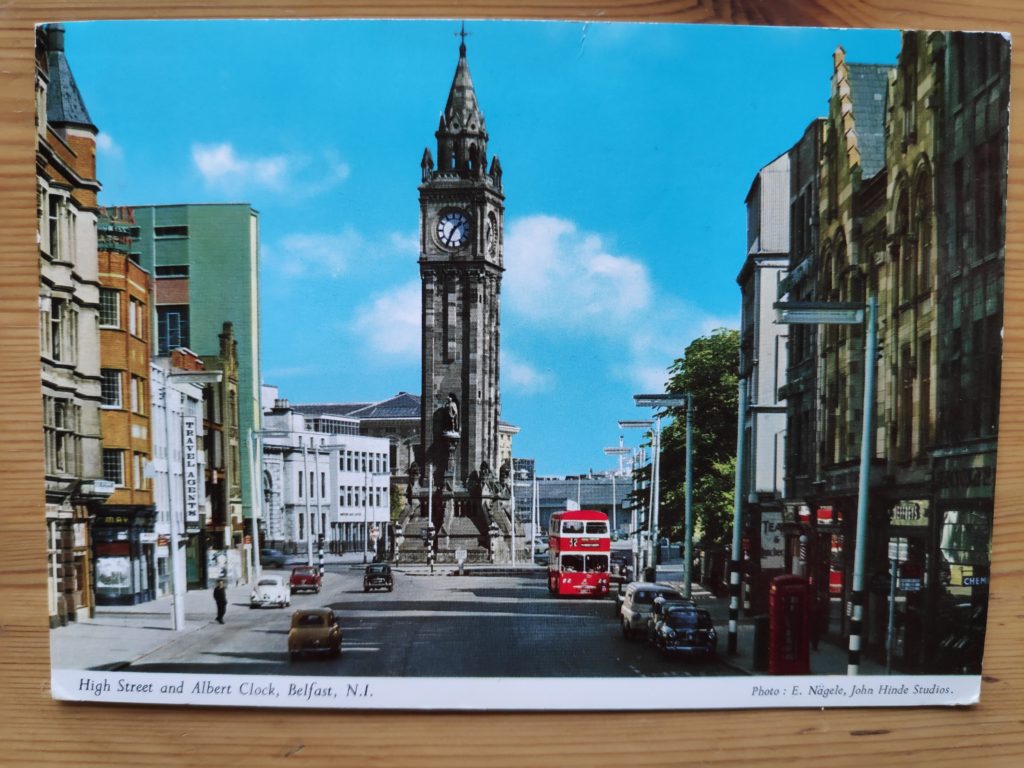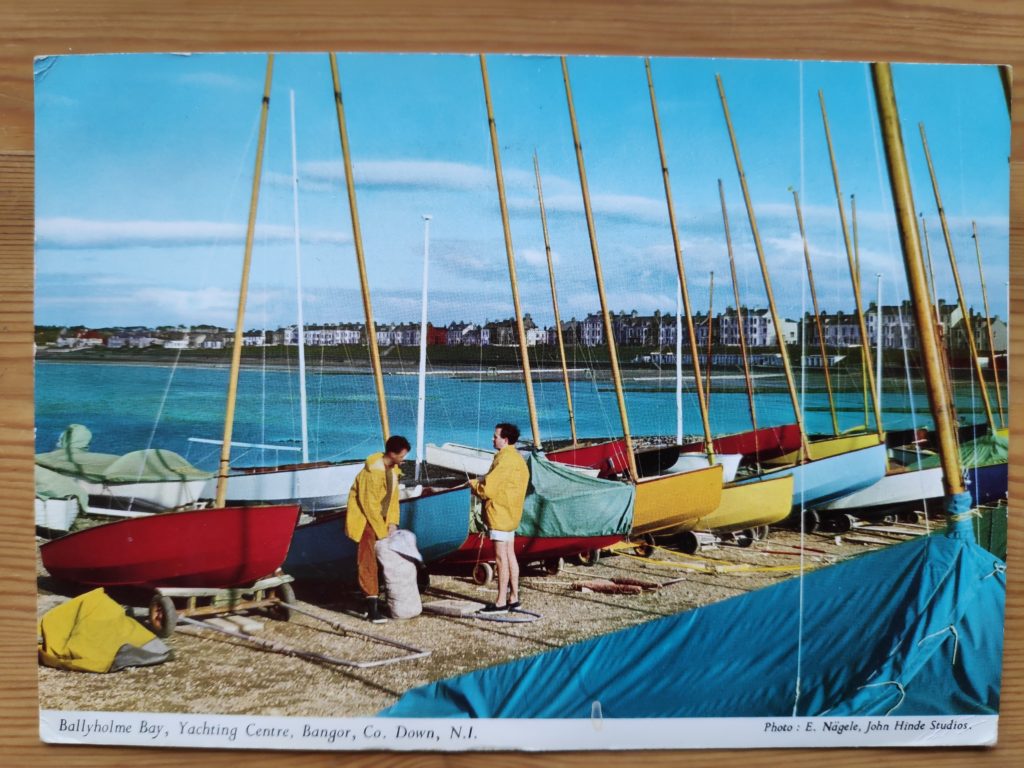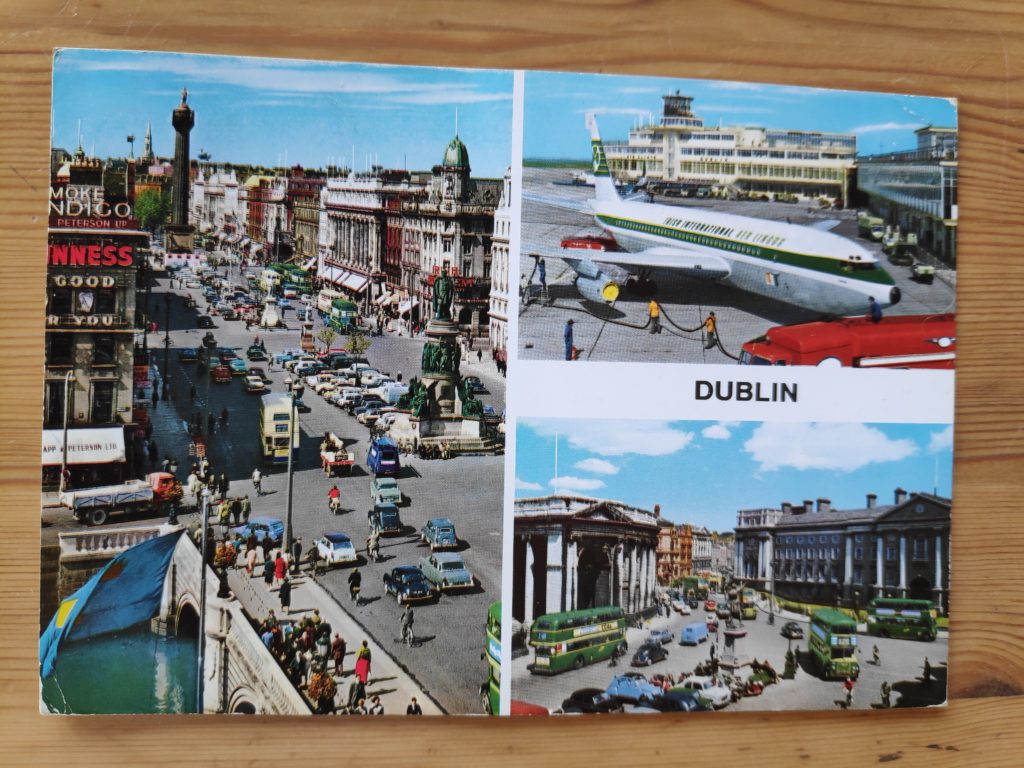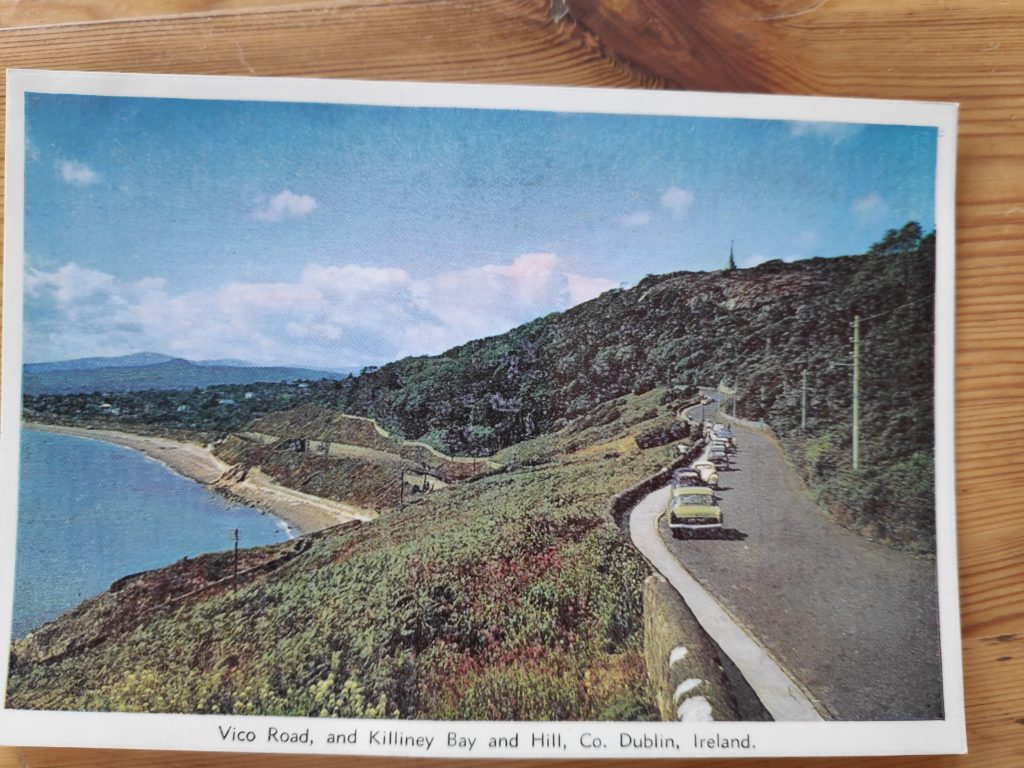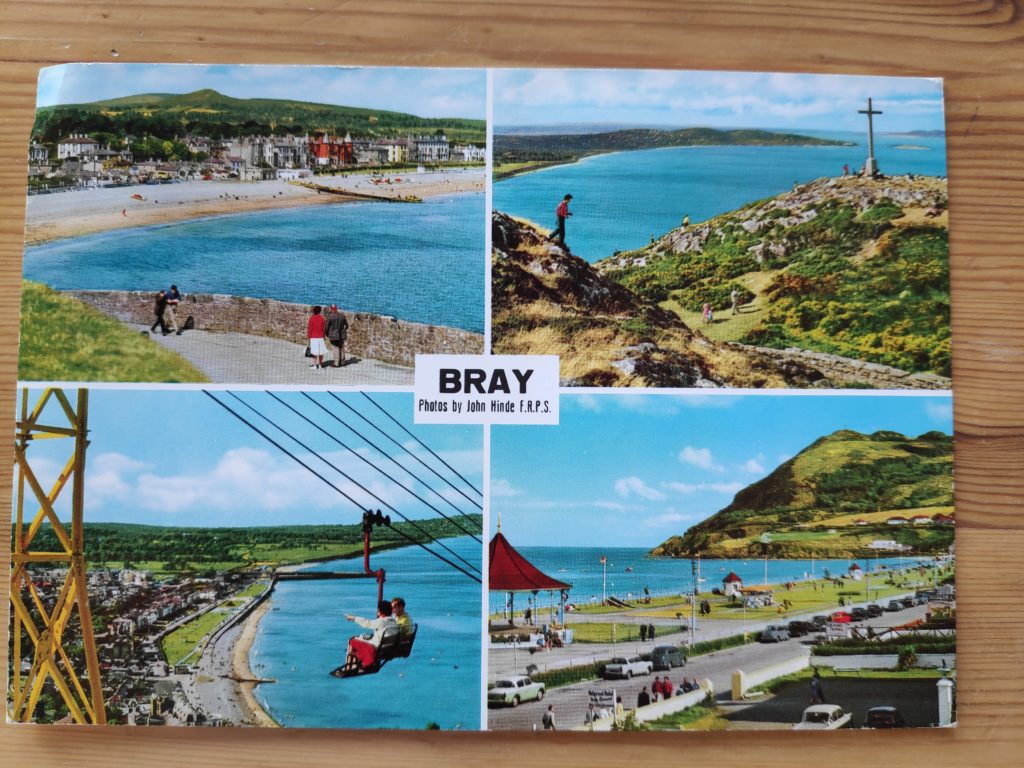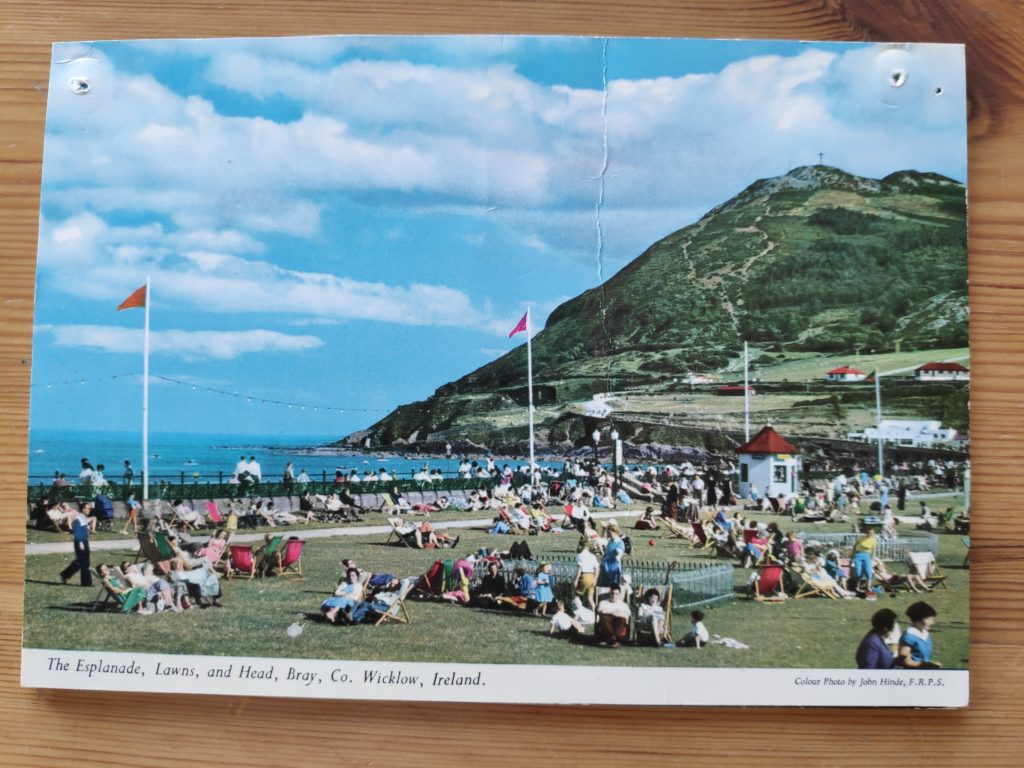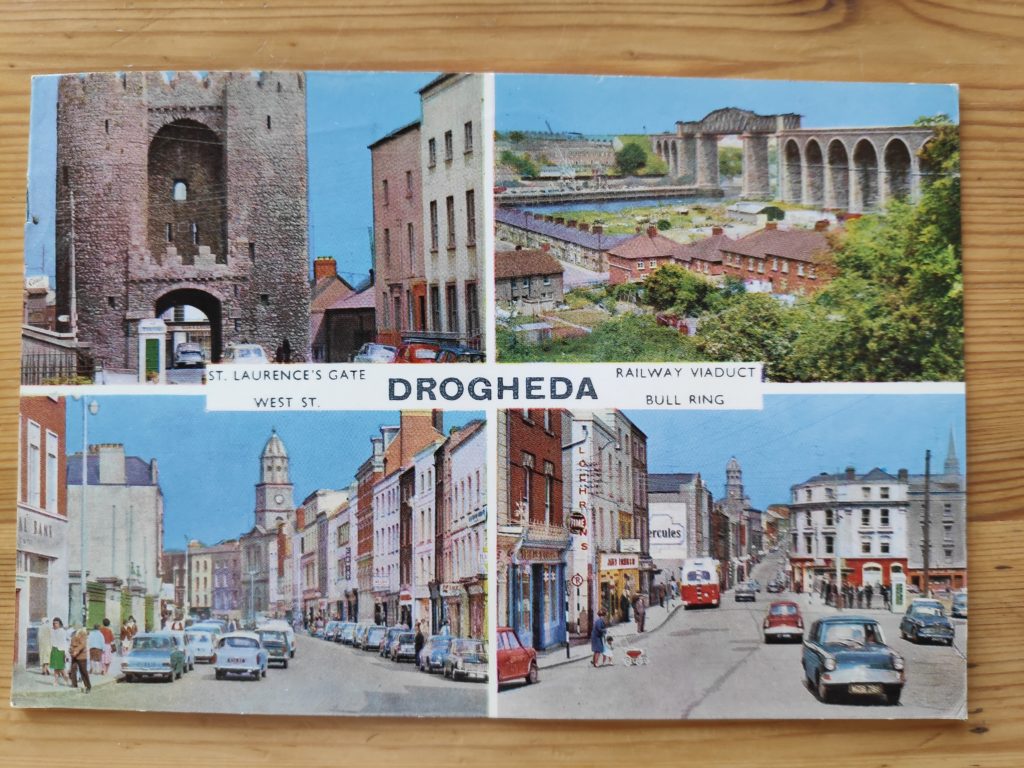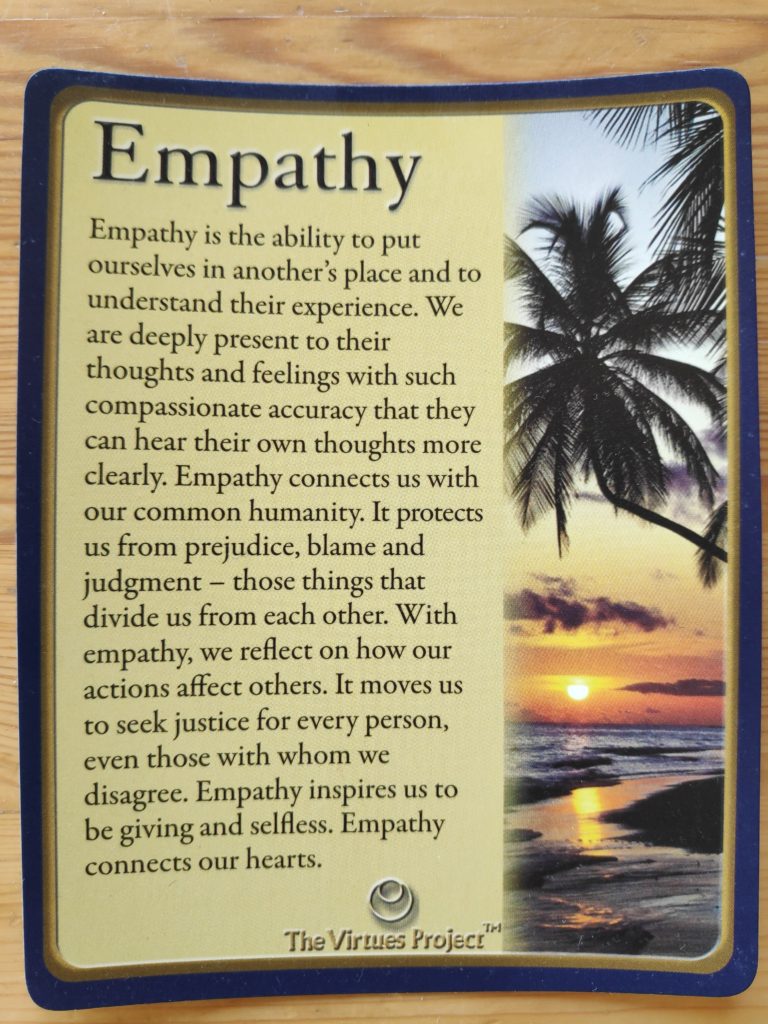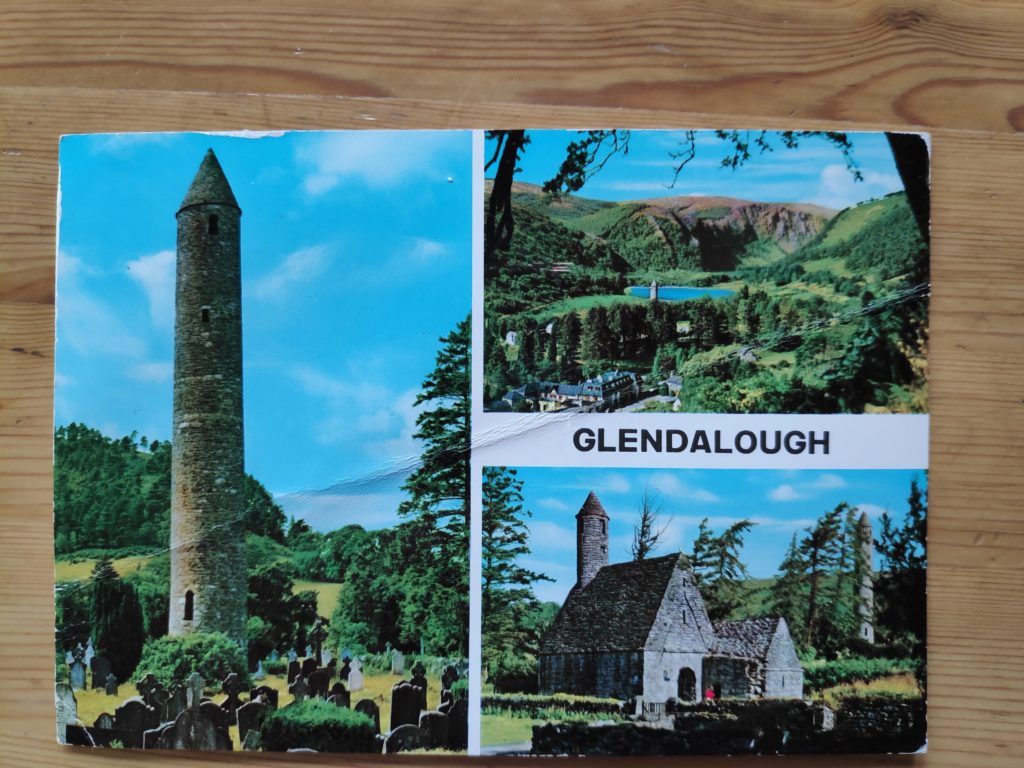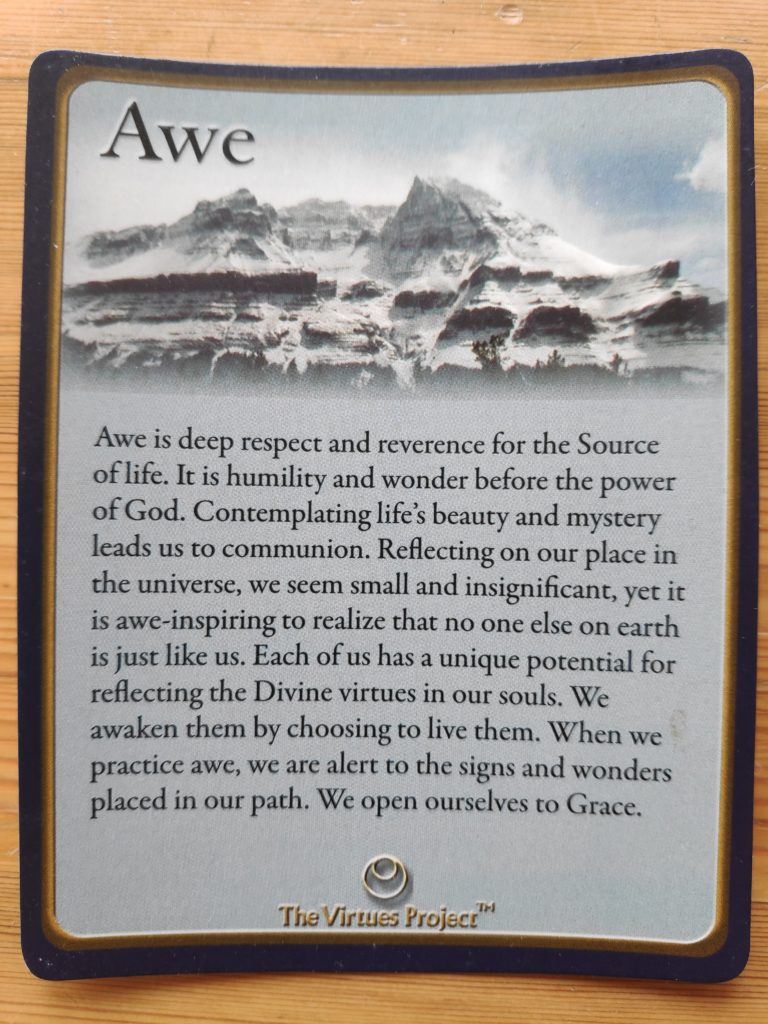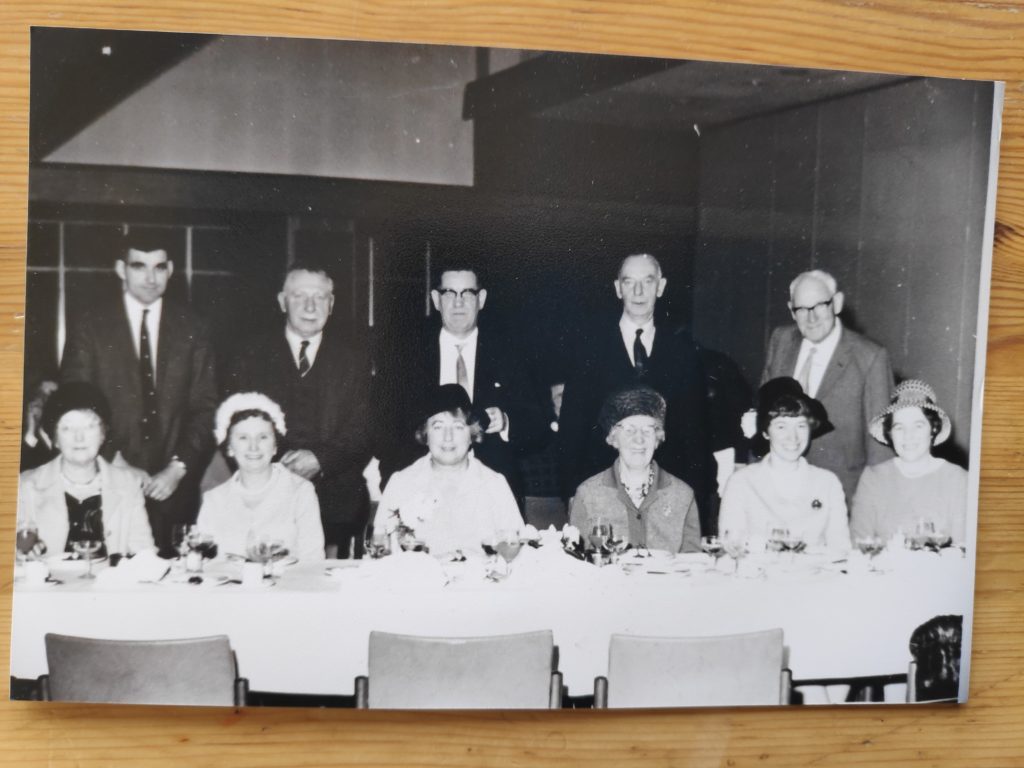We arrived in Dublin on the 10th of July and stayed until the 23rd of July, so almost two weeks. We met those of Dad’s siblings who were living in Dublin and their children. It was an interesting experience to meet relatives that lived in a completely different country to us.
Audrey and Uncle Ken
Audrey was a 33-year old mother with four young boys, aged 9, 7, 4 and 3. With four active boys, she did not work outside of the home, but I think she was very busy in the home. She was also looking after her father. I don’t really remember her husband but I think he ran his own business. They had a large house so I presume they had a reasonably good income.
Uncle Ken, a widower, was her father. Audrey’s mother was my dad’s sister. During the Second World War my mom and dad, and eventually my sister, were living in Glasgow, Scotland and Violet, Ken and Audrey were living just outside Glasgow. Audrey would have remembered my sister as a baby.
In 1966, Uncle Ken was living with his daughter and had his own small suite in her house. He was no longer in good health, but was still driving a car. He was very kind to us during our visit in Dublin. We had met Uncle Ken before as he and Aunt Violet had visited us in Vancouver in 1955. It was mentioned in one of the letters how nice it was to meet someone we had met before.
The first couple of nights we stayed in the Marine Hotel in Sutton, paid for by Uncle Ken. It was a very short distance from where he and Audrey lived. When Audrey went off for a week’s holiday with her husband and children, we were invited to stay in the house with Uncle Ken. They were very hospitable people.
Aunt Vera
Vera was a widow, a seamstress and 61 years old. She lived in a typical row house with a little garden at the back. She had a low income. She did not have a refrigerator which in 1966 would have been a sign of low income. But she was a very kind aunt and invited us to stay with her for a few days. I remember her as a very kind and hard-working woman.
One memory from staying at Vera’s had to do with milk and ice cream. As she didn’t have a refrigerator and it was summertime, milk had to be bought fresh every morning. One day she was feeding us dinner and Victor and Dierdre were there too. When we had finished the main part of the dinner, Victor dashed off on his motorcycle and bought some ice cream that we had for dessert. There was no way for Vera to keep it frozen, so it had to be purchased immediately before consuming.
Uncle George
Uncle George was a recent widower, 71 years old, but a very kind and interesting person. He took us out for several drives. One was out to a Japanese garden and to the horse racing park at Kildare.
Mabel
Mabel, Uncle George’s daughter, had four children who were 18, 16, 13 and 10 years old, considerably older than Audrey’s children. Mabel was only about fifteen years younger than my dad. Mabel would have been forty years old in 1966. I remember two of her children from that trip. Avril was a little bit younger than me (13 years old), but accompanied us on one of the trips that Uncle George took us on. We also visited Quentin who was in the hospital with a broken leg. I also remember visiting Mabel’s home and enjoying my evening there.
Mabel was married to Bernard Gargan whose father had started a candy factory and he was now running it. We were taken to see it. The day we were there they were making jellied candies, something like Seigmenn in Norway. Very sugary and not at all healthy. But it was interesting to see how the candies were made. I can’t find many references to the company now (J.M. Gargan and Company) so I presume it was closed down a long time ago.
Uncle Jack and Aunt Gertie
I don’t remember this couple so very much, though Uncle Jack was tall and slender. He was 73 years old in 1966, so I’m sure he was retired. He was the oldest sibling in the family. From the letters that I have reread, they took us for a drive and also took us to their own home, which had “not a thing out of place, or a speck of dust”.
